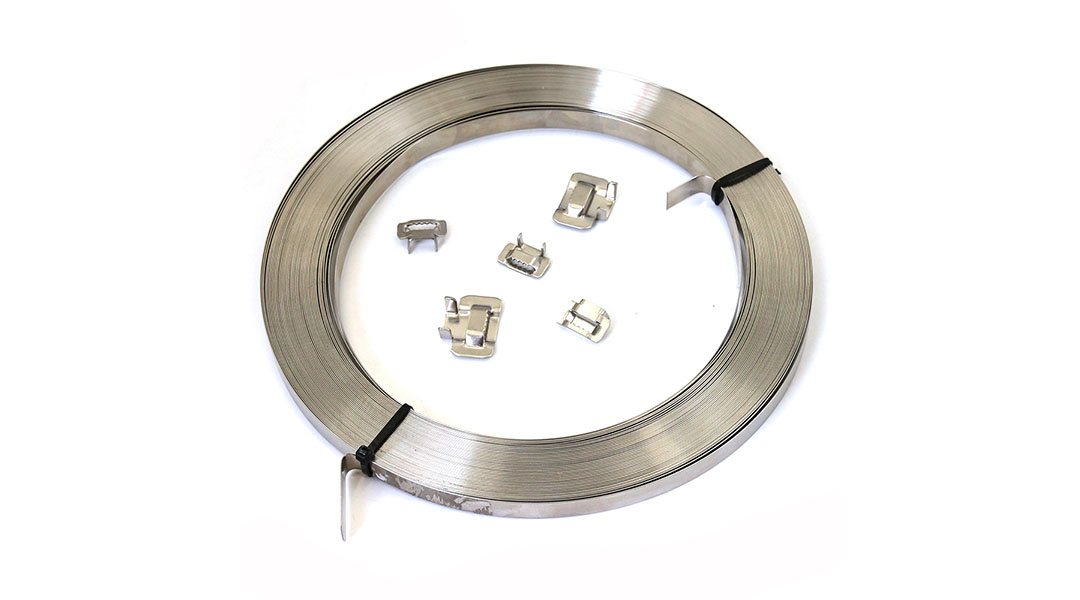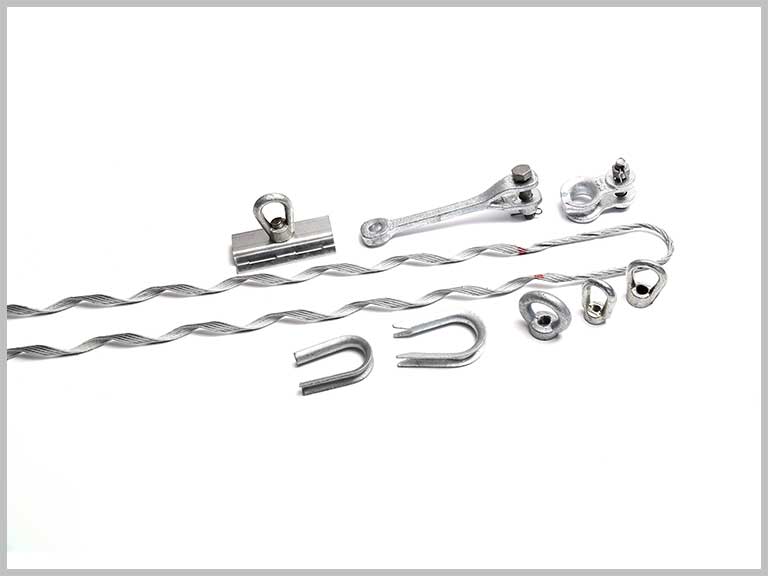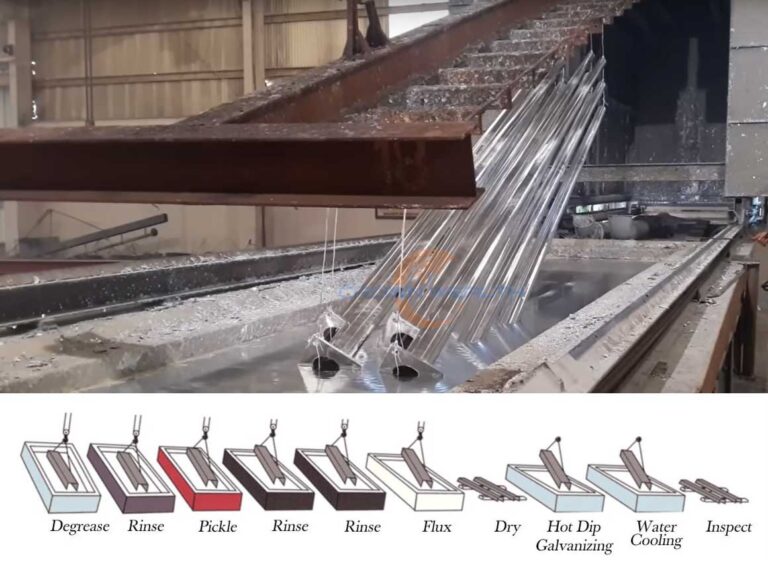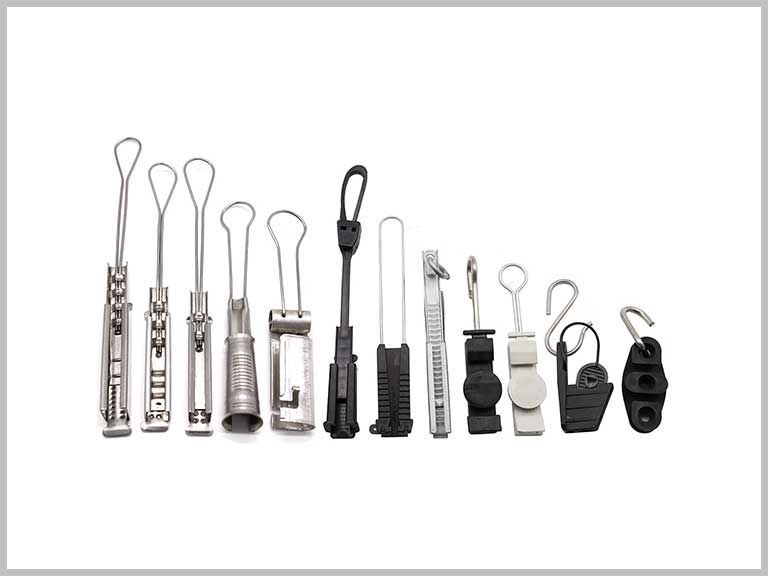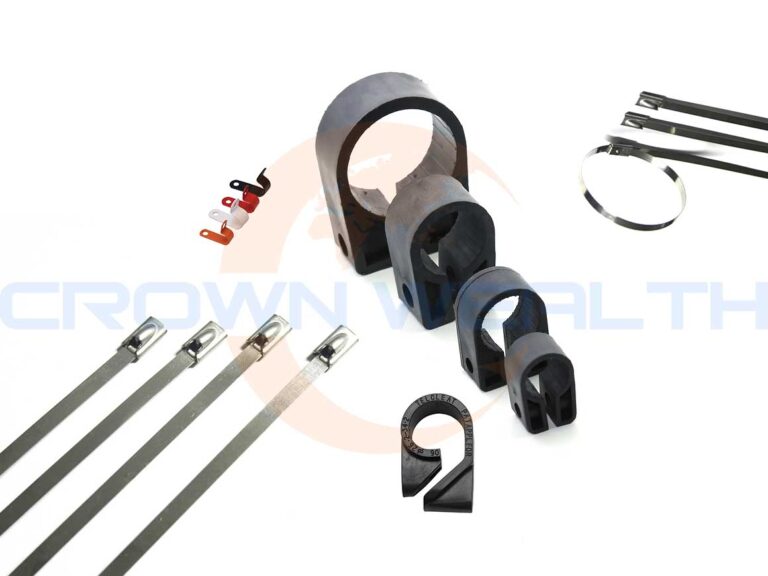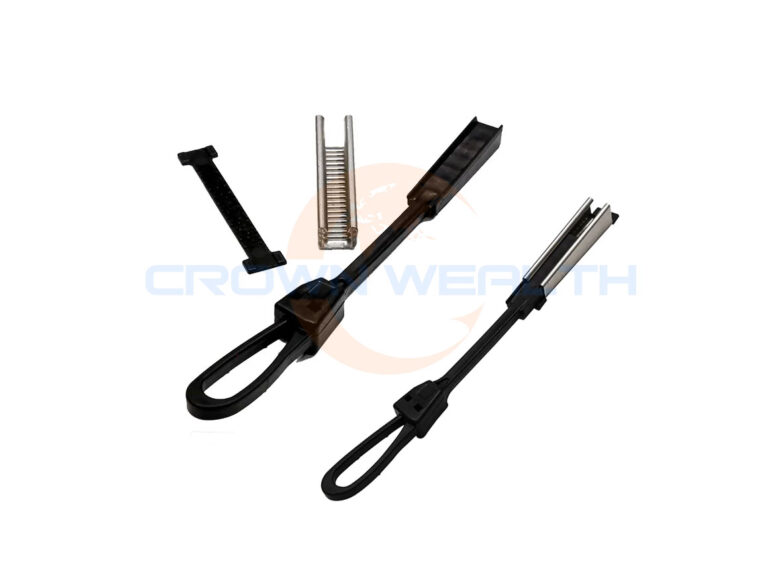Many hardware components are made of stainless steel. Today, in this article, I want to introduce the differences between SS201, SS304, and SS316.
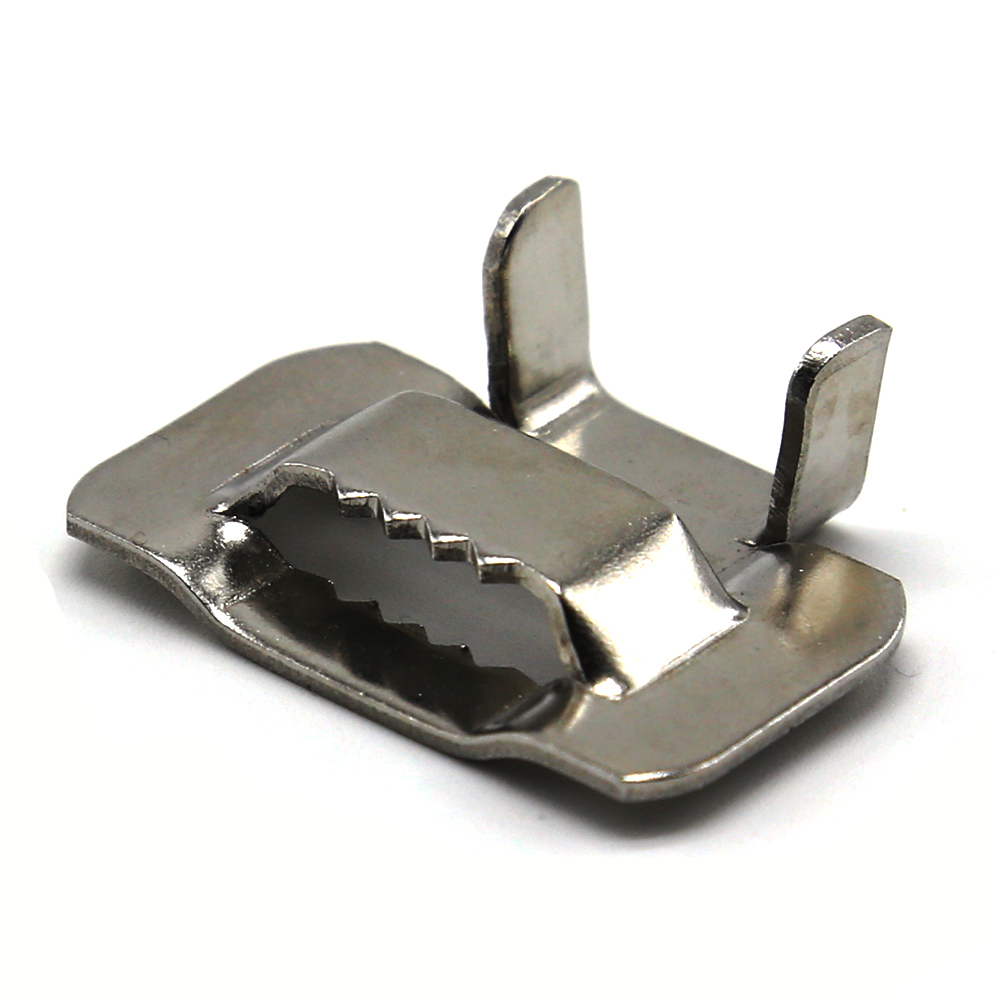
Let me talk about the difference between SS201 and SS304.
1. SS201 and SS304 are two commonly used stainless steel grades, SS304’s mechanical properties, corrosion resistance, and toughness are better than SS201, but the price is slightly more expensive, SS201 is brighter than SS304 after polishing.
2.SS201 has the characteristics of weak magnetic permeability and will have magnetic properties after cold working. SS304 is not magnetically conductive.
3. SS201 is easy to rust, SUS304 is not easy to rust.
4.The chemical composition of SUS201 and SUS304 are different:
Carbon (C) Silicon (Si) Manganese (Mn) Phosphorus (P) Sulfur (S) Chromium (Cr) Nickel (Ni) Molybdenum rod (Mo) Copper (Cu) AISI
SS304 ≤0.08 ≤1.00 ≤2.00 ≤0.045 ≤0.03 18-20 8-10 0 0 AISI
SS201 ≤0.15 ≤1.00 5.5-7.5 ≤0.05 ≤0.03 16-18 3.5-5.5 0 0 AISI
As I mentioned above, there are specific priority in accordance with specific stainless steel material. Our banding straps are made from these metal material to meet the clients’ requirement, so 304 stainless steel banding straps, 201 stainless steel banding straps, 316 stainless steel banding straps are all supplied in different demension, specification or custom type you expected. They are widly applied in electrical & telecom industries. Learn all stainless steel straps, Please get reference blow.
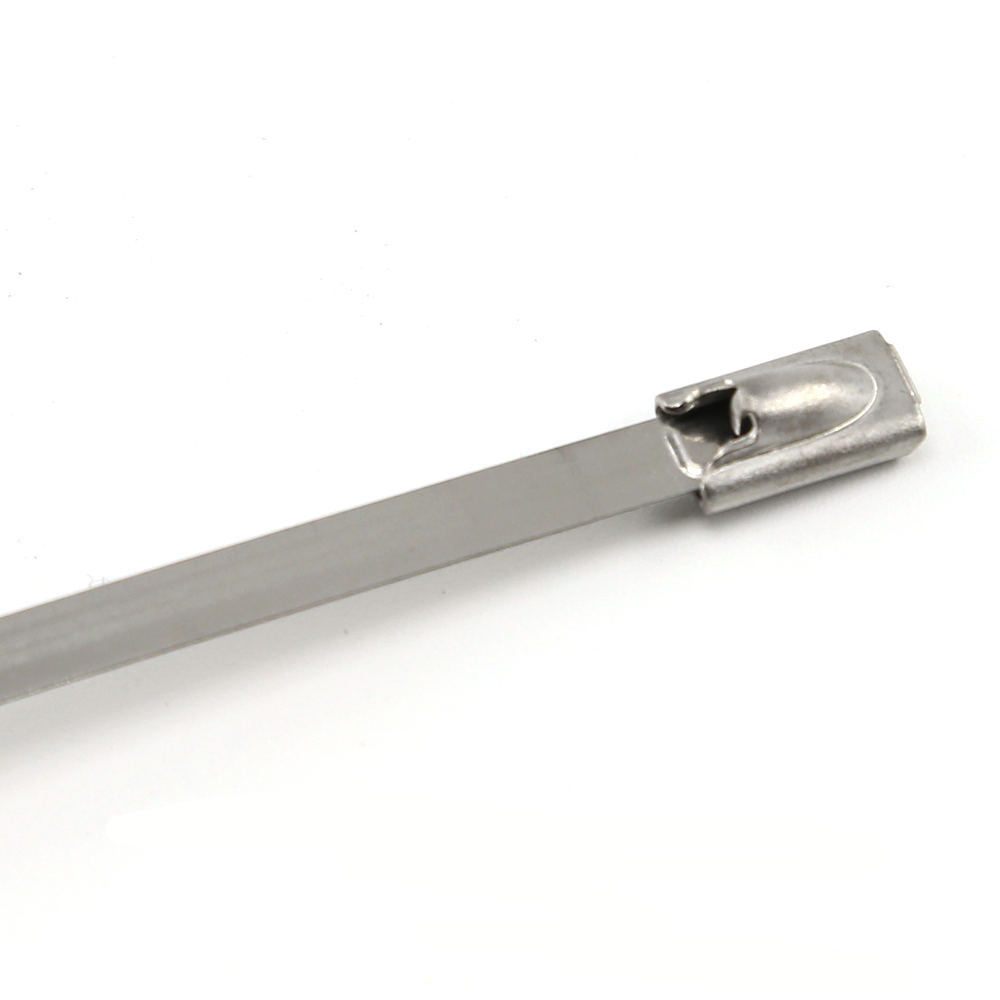
Let me talk about the difference between SS304 and SS316:
1. Different chemical composition:316 is more than 2-3 nickels than 304.
2. The performance is different:
304, 316 strength and hardness are similar. The difference between the two is that the corrosion resistance of 316 is much better than that of 304. The more important point is that molybdenum metal is added to 316, which has improved heat resistance.
3. Different maintenance methods:
Molybdenum can further improve the atmospheric corrosivity, especially the corrosion resistance of the chloride-containing atmosphere, so we often use 304 stainless steel for curtain wall, sidewall, and roof, but in some industries with serious erosion Or 316 stainless steel is a good choice in the ocean-atmosphere.
4. The main difference in the composition of the metal:
304 stainless steel and 316 stainless steel containing about 16 to 18% chromium, but 304 stainless steel contains an average of 9% nickel, while 316 stainless steel contains an average of 12% nickel. Nickel can improve high-temperature durability, improve mechanical properties, and improve oxidation resistance in metallic materials. Therefore, the nickel content of the material directly affects the overall performance of the material.
5. Differences in material properties:
304 (0Cr18Ni9) stainless steel is austenitic stainless steel, can not be strengthened by heat treatment, can not be quenched like carbon steel, no magnetic. 304 has excellent mechanical properties and has considerable corrosion resistance and high-temperature resistance. It is the most widely used as stainless steel.
316 (0Cr17Ni12Mo2) stainless steel is the second most widely used steel grade after 304. Its main characteristics are acid and alkali resistance and high-temperature resistance. It is mainly used in the food industry and surgical equipment, and 316 stainless steel. Another notable feature is that there is basically no thermal expansion and contraction, which is extremely important for precision parts.
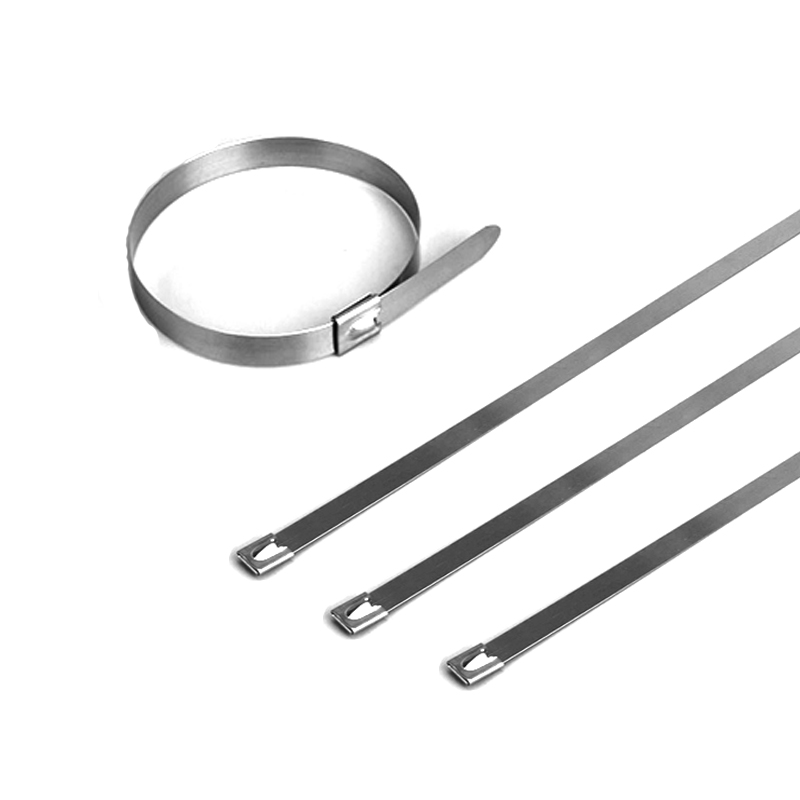
As I mentioned above, there are specific priority in accordance with specific stainless steel material. Our banding straps are made from these metal material to meet the clients’ requirement, so 304 stainless steel banding straps, 201 stainless steel banding straps, 316 stainless steel banding straps are all supplied in different demension, specification or custom type you expected. They are widly applied in electrical & telecom industries. Learn all stainless steel straps, Please get reference blow.

